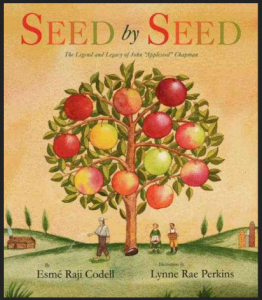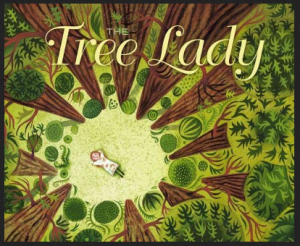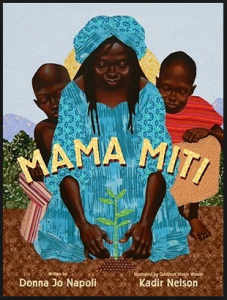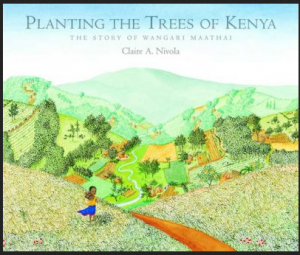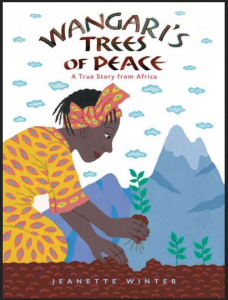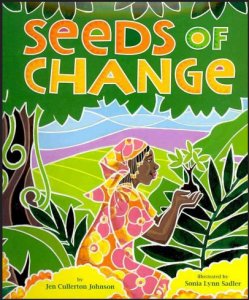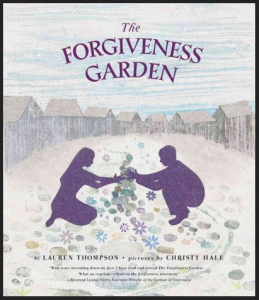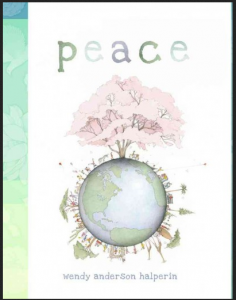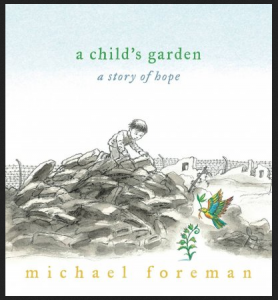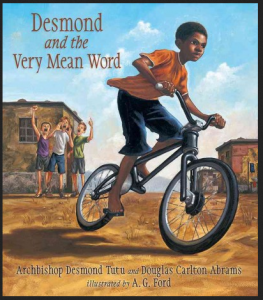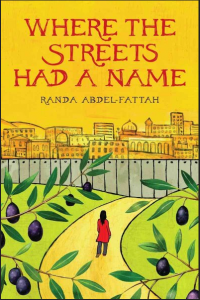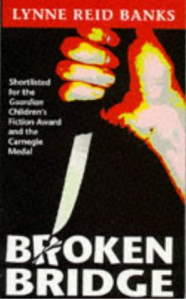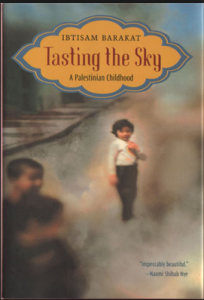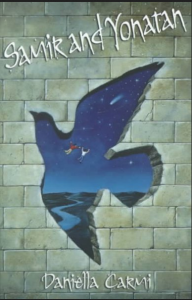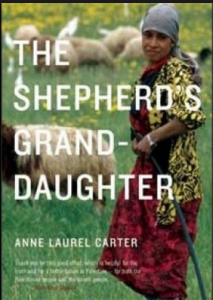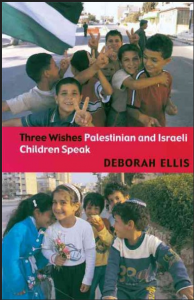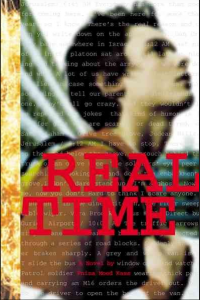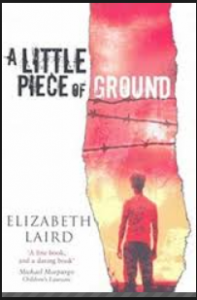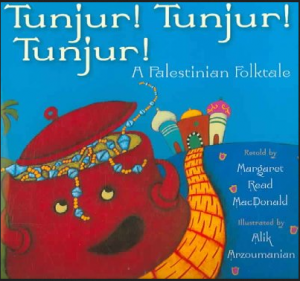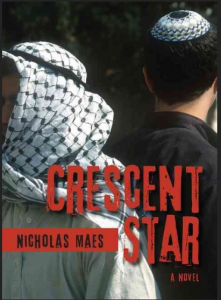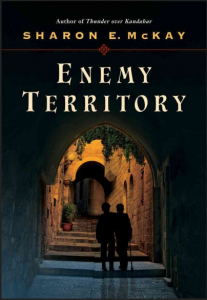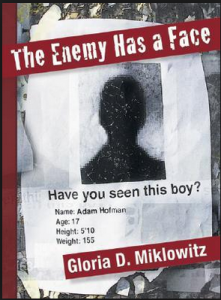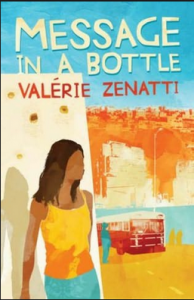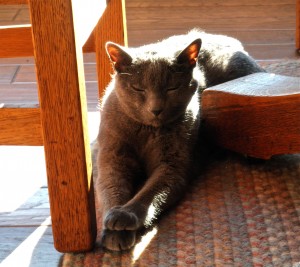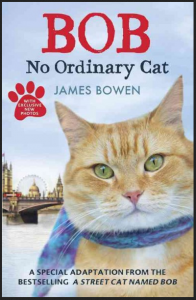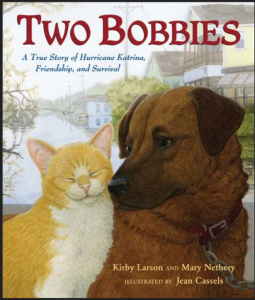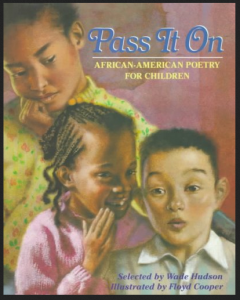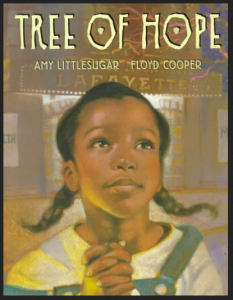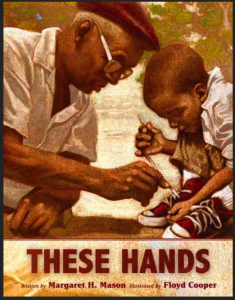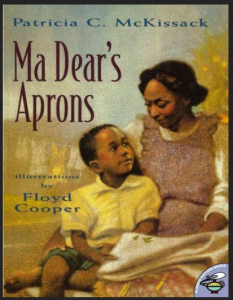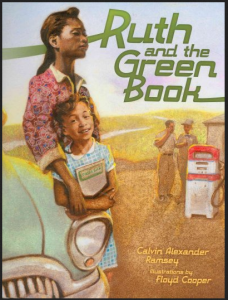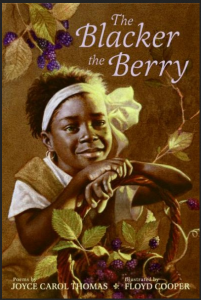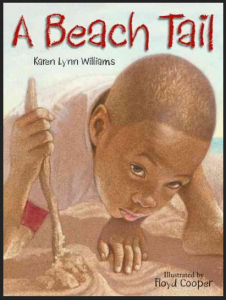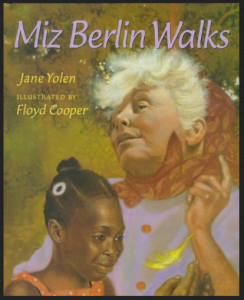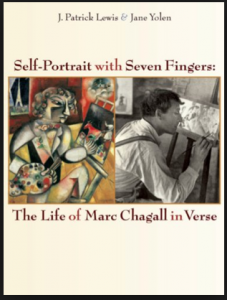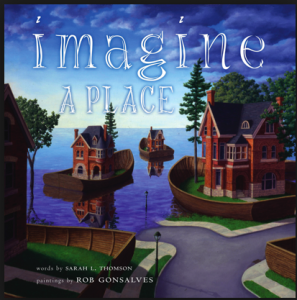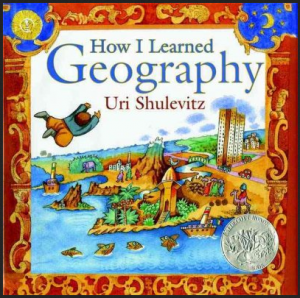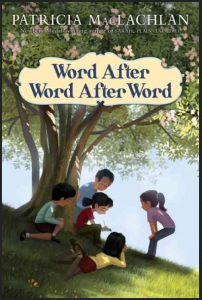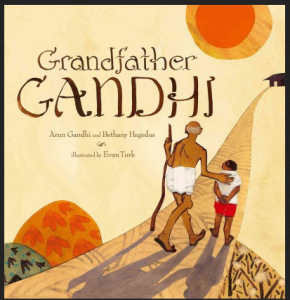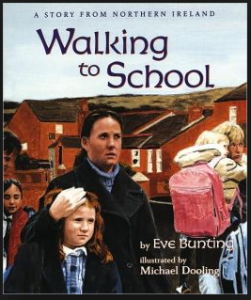In the early 1800s, an American travelled through Ohio and Indiana planting apple trees. John Chapman planted hundreds and hundreds of trees, so many that he became known as Johnny Appleseed. Learn more about him in…
Codell, Esme Raji. Seed by Seed: the Legend and Legacy of Johnny ‘Appleseed’. New York: Greenwillow Books, 2012.
…
In the late 1800s, an American moved to San Diego in southern California. Kate Sessions decided her new city needed more greenery, so she planted hundred and hundreds of trees and taught countless people how to grow gardens. She became known as the Mother of Balboa Park. Learn more about her in…
Hopkins, H. Joseph. The Tree Lady: the True Story of How One Tree-loving Woman Changed a City Forever. New York: Beach Lane Books, 2013.
…
“I think that I shall never see
A billboard lovely as a tree.
Perhaps, unless the billboards fall,
I’ll never see a tree at all.”
– Ogden Nash, American poet
…
At the end of the 20th century, a Kenyan woman was dismayed to discover that her beautiful country was becoming dry and dusty because so many trees were being cut down. So Wangari Maathai started planting trees and teaching other women how to plant trees. In 2004, she became the first African woman to be awarded the Nobel Peace Prize. Learn more about her in these three beautiful books…
Napoli, Donna Jo. Mama Mita: Wangari Maathai and the Trees of Kenya. New York: Simon & Schuster Books for Young Readers, 2010.
Nivola, Claire A. Planting the Trees of Kenya: the Story of Wangari Maathai. New York: Francis Foster Books / Farrar Straus and Giroux, 2008.
Winter, Jeanette. Wangari’s Trees of Peace: a True Story from Africa. Orlando, FL: Harcourt, 2008.
…
Here is one more picture book about Wangari Maathai. The illustrations are not quite as powerful. The text does not flow as beautifully. But there is so much information…
Johnson, Jen Cullerton. Seeds of Change: Planting a Path to Peace. New York: Lee & Low Books, 2010.
…
“The beauty of the trees,
the softness of the air,
the fragrance of the grass,
speaks to me.
The summit of the mountain,
the thunder of the sky,
speaks to me.
The faintness of the stars,
the trail of the sun,
the strength of fire,
and the life that never goes away,
they speak to me.
And my heart soars.“
– Chief Dan George, Coast Salish poet
More biographies: HERE
More books celebrating nature: HERE
